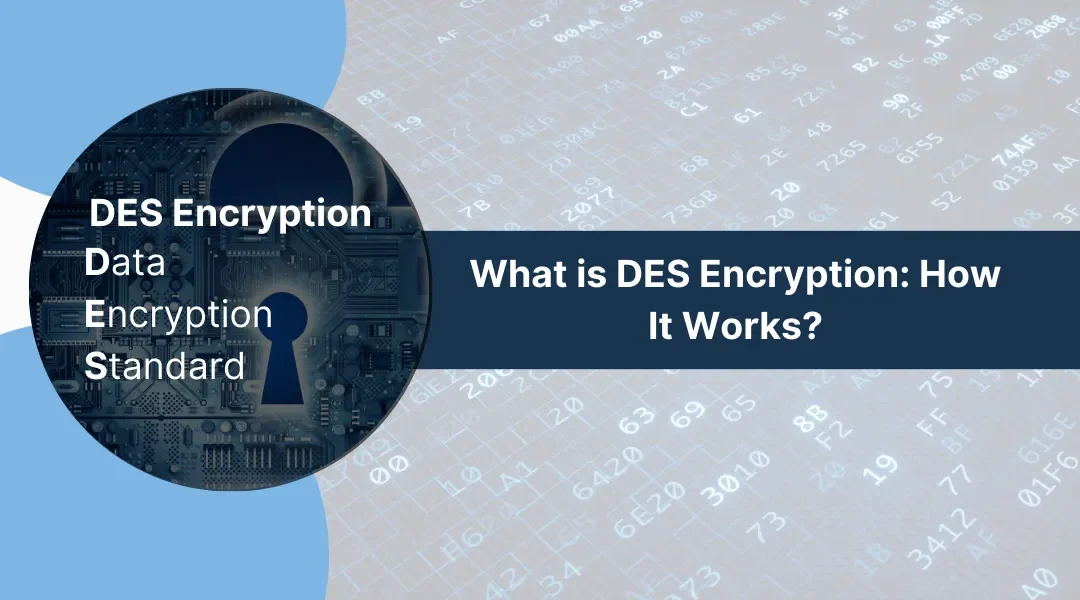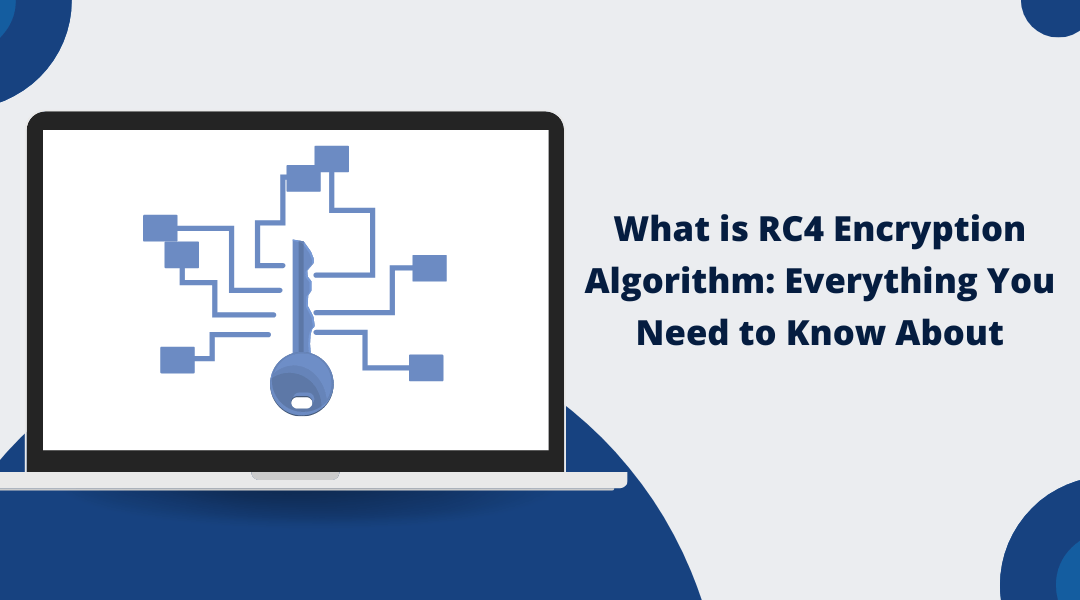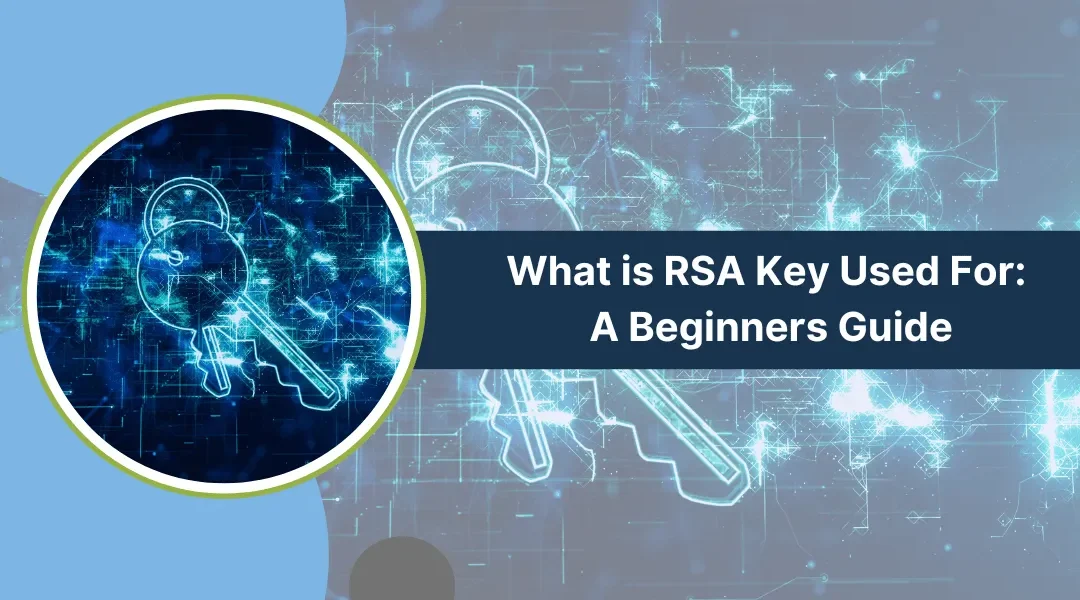PKI-as-a-Service (PKIaaS) delivers complete Public Key Infrastructure capabilities through cloud-based solutions which eliminate the need for organizations to establish and operate their own PKI systems. The managed platform of this service model provides digital...









